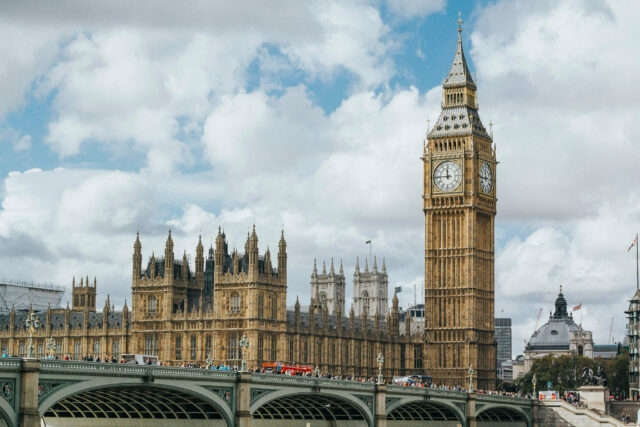UK pension provider PensionBee announces opening of its first public equity impact-focused pension plan to the public.

UK online pensions provider PensionBee, which opened its first public equity impact-focused pension plan earlier this month, revealed that Generation X savers, those born between 1965-1980, were the first to invest in its Impact Plan.
Investment has been dominated by Generation Xers in the younger 1973-1980 category, which PensionBee said bucked previously reported trends which have highlighted Millennials as leading the charge in sustainable investing.
PensionBee which announced its intention to launch the plan in January with BlackRock as fund manager, raised more than £50m in seed commitments within two weeks from existing customers switching their plans.
The average age of customers committed to the new plan is 42. Clare Reilly, chief engagement officer for PensionBee, said: “Our customers show the market that impact investing is not just the preserve of younger generations, and that all savers want ways to invest in line with their values.”
Reilly highlighted PensionBee research conducted earlier this month with 2000 UK adults, which found that the majority (70%) of UK pension holders, regardless of age, feel there should be more transparency over what their pension is invested in and more than half (55%) are increasingly curious about the impact of their investments.
“This seems to reflect a growing sentiment that the planet and society that one retires into is as important as their pension pot,” she added.
Public-equity impact
Impact investing has primarily operated in private markets but the number of funds seeking to bring impact investing to listed equities is growing and according to BlackRock, provide pension savers with a more diversified portfolio to better manage volatility.
Responding to questions from Impact Investor, Eric Rice, head of impact investing at BlackRock, said: “Investing across the spectrum of market caps enables us to provide a diversified investment offering to people saving for retirement, where historically smaller companies’ returns have been more volatile.”
Rice said BlackRock’s fundamental equity impact team operated in public markets only and had experience of accompanying impact companies as they exited into public markets “with the mission of helping them keep their impact theses intact when their investor base becomes diluted”.
The impact pension plan will invests in between 200-300 public equities with a minimum size of $1bn, with firms in its top 20 holdings including the likes of energy management company Schneider Electric, Bank Rakyat Indonesia and renewable energy company Orsted.
Companies are included in the plan through a vetting process which includes company alignment to one or more impact themes, including, among others; affordable housing, education and skills, financial and digital inclusion, public health, green energy and sustainable food, water and waste.
“Some of the largest companies held are in the life science tools and green utility spaces where their technologies are driving innovation and helping the broader adoption of green energy and improved healthcare outcomes,” explained Rice.
Portfolio companies also have to be able to demonstrate they are advancing progress of at least one of the SDGs and that 50% of their revenues or the business activities of core products and/or services are aligned to an impact theme or an SDG target. Additionality is also assessed.
“For example, new innovations and business models that help drive down the cost of a product or service, or which provide access to underserved communities, unaddressed markets or SMEs can count towards an additional case for a company,” he said.
To measure the impact performance of its holdings, BlackRock also identifies impact indicators for each company which it measures over time. Examples of the indicators given on PensionBee’s website, include number of patients treated, number of people educated, number of micro and small enterprises with access to credit facilities, amount of water saved, amount of water treated and carbon emissions saved.





